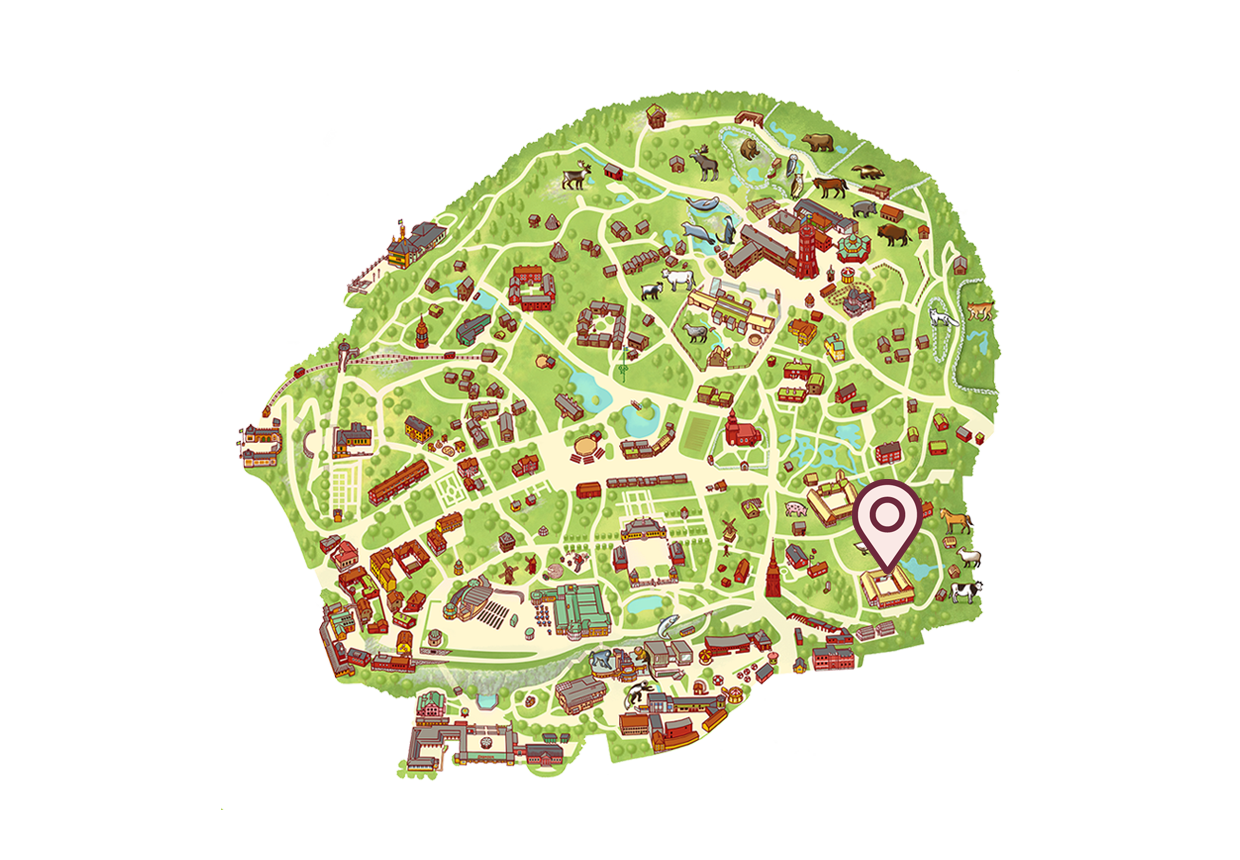Flowery plumage
The Swedish flower hen is Sweden’s largest strain of farmyard chicken. Its name comes from its floral plumage pattern, with a white spot at the tip of every feather. Otherwise, its colour is highly variable. The base colour can be black, brown, greyish-white, red or yellow, with a mottled appearance resulting from the white dots at the tips of the feathers. Some chickens are also greyish-blue with a golden collar, pale whitish-grey with a bluish-grey or pale brown collar, or all black. They may also have tuft or full crests.
Swedish flower hen are calm, heavy hens. The female weighs 2–2.5 kg and the male weighs up to 3.5 kg. The hens lay about 150 eggs per year, but their tendency to broodiness varies. Their eggs vary in weight between 45 grams and 70 grams.
Conservation work
The Swedish flower hen was previously on the verge of extinction. However, in the 1970s, a last remnant of the breed was discovered in the Skåne village of Vomb. Today’s Swedish flower hen originates from three farm flocks in the villages of Vomb, Tofta and Esarp in Skåne.
The Swedish flower hen was granted gene bank status by the Swedish Board of Agriculture in 2001, when the breed was also given its official name. The gene bank is run by the Swedish Association for Local Poultry.
